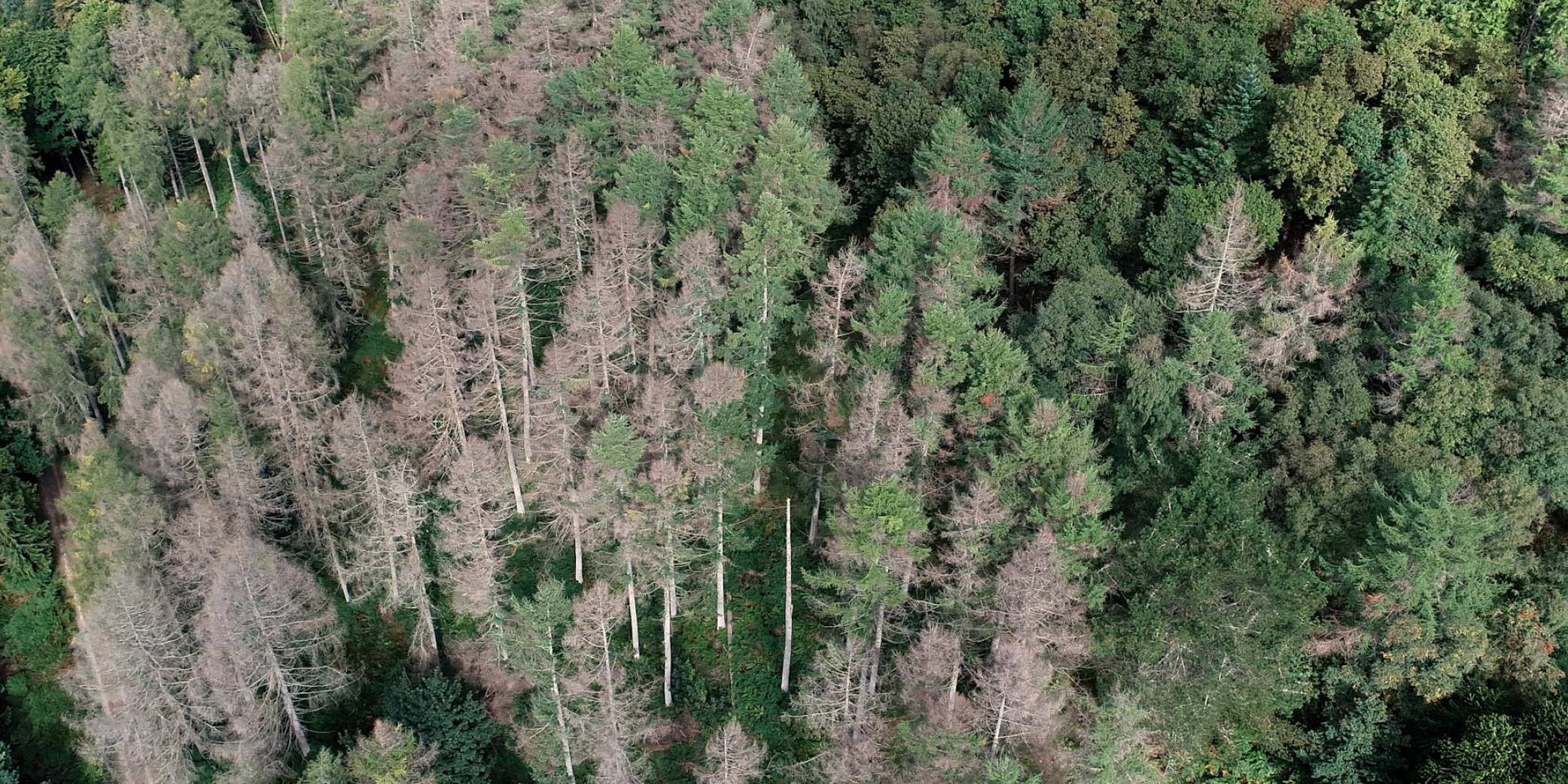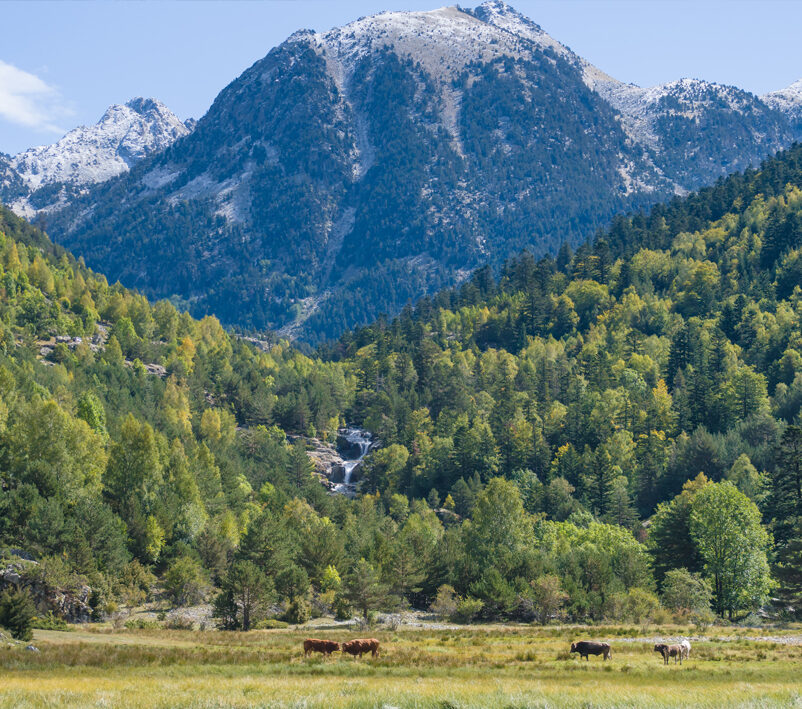A Europe-wide study reveals how cold winters protect plants from pathogens
The last week of January has seen exceptionally high temperatures in Catalonia, with thermometers soaring well over 20ºC. But climate change is not only bringing unseasonably warm weather. According to a new study published in The ISME Journal, the global rise in temperature could expose plants to more pathogens.
A team of researchers led by Jonàs Oliva, researcher at the Joint Research Unit CTFC-Agrotecnio-CERCA and professor at the Universitat de Lleida, has studied the presence and abundance of pathogen communities in European forests ranging from the Artic to the Mediterranean. The results show, for the first time, how a cold climate can prevent the expansion of exotic pathogens while modulating the abundance of native ones, thus protecting forests and crops. “Many forests in Europe are currently healthy because pathogens cannot survive there. But this is about to change if winters become milder and milder,” states Oliva.

The team has studied the presence and abundance of Phytophthora, a genus of pathogenic microorganisms for plants found on a global scale. The different species of microorganisms that make up the genus Phytophthora can attack a wide variety of plants: from forests, causing holm oak drying or chestnut ink; to crops such as potatos, soybean, or strawberries. For Maria Caballol, PhD student at the University of Lleida who has worked on the study, “this study provides empirical data on the direct effect of climate on pathogens. We have chosen Phytophthora as a model organism for its conspicuous presence and because it is one of the top invasive species worldwide.”
Like any other organism, pathogens need certain environmental conditions to survive. In general, they develop better in warm areas and with water availability. Thus, there are fewer pathogens adapted to survive winter conditions. The study has shown that the same mechanism operates in terms of latitude, altitude, and seasonality.
For the authors, the effect of the increase in temperatures associated with climate change in forests is clear: “there will be exotic pathogens, to which native species are not accustomed because, until now, the colder climate contained them. Native pathogens will also thrive in a warmer climate and will expand their area. For example, in Catalonia, new pathogens will reach the alpine stratum of the Pyrenees as the area gets warmer,” explains the expert in forest pathology.
“If winters are milder, there will be more pathogens and plants will have more diseases. Trees do not always need to be stressed by drought or other factors to become diseased. Only the increase in temperature will be a great advantage for pathogens”, concludes Oliva.
Further information:
Climate acts as an environmental filter to plant pathogens. Caballol, M.; Redondo, M.A.; Catalán, N.; Corcobado, T.; Jung, T.; Marçais, B.; Milenković, I.; Nemesio-Gorriz, M.; Stenlid, J.; Oliva, J. 2024 The ISME Journal, https://doi.org/10.1093/ismejo/wrae010
Last modified: 5 February 2024










